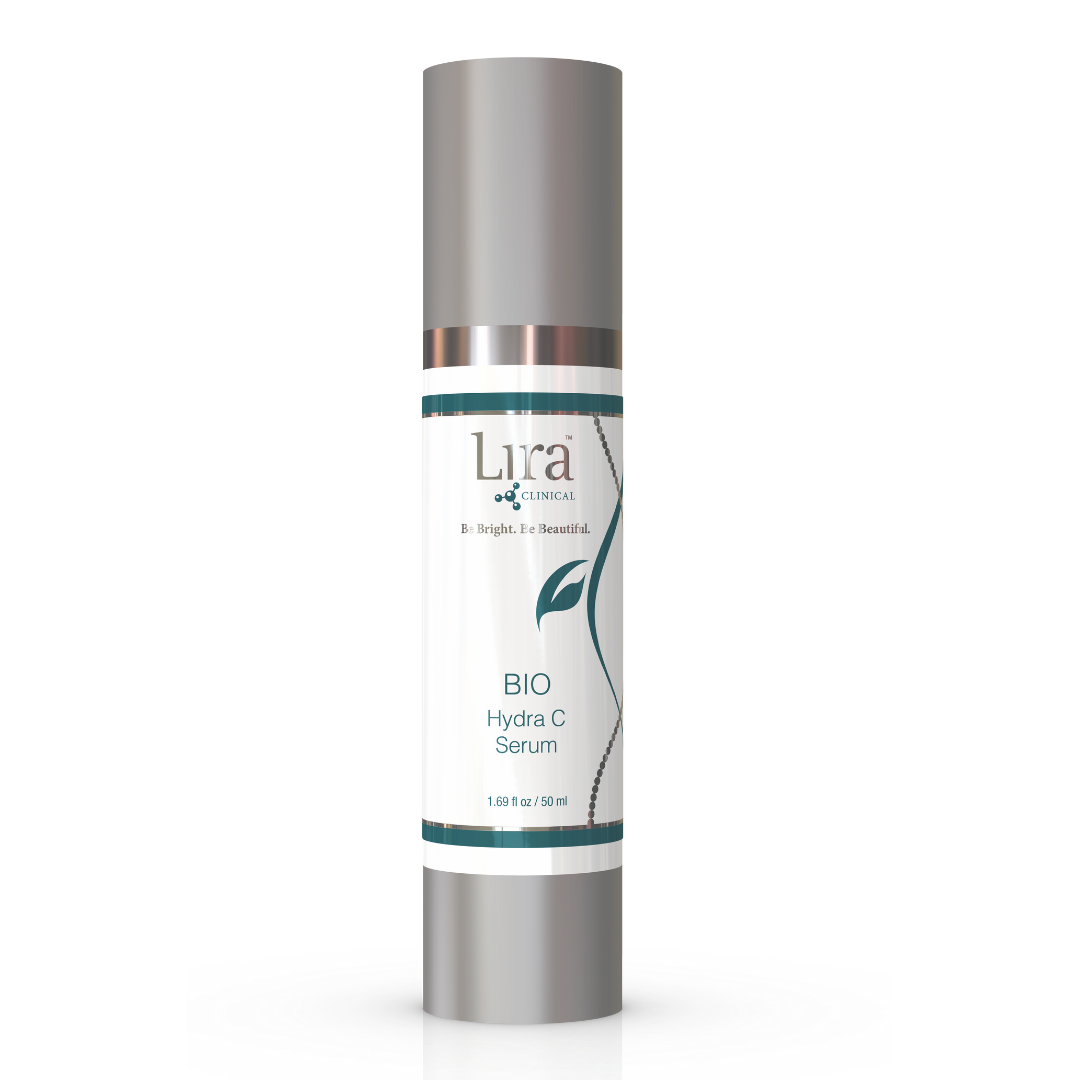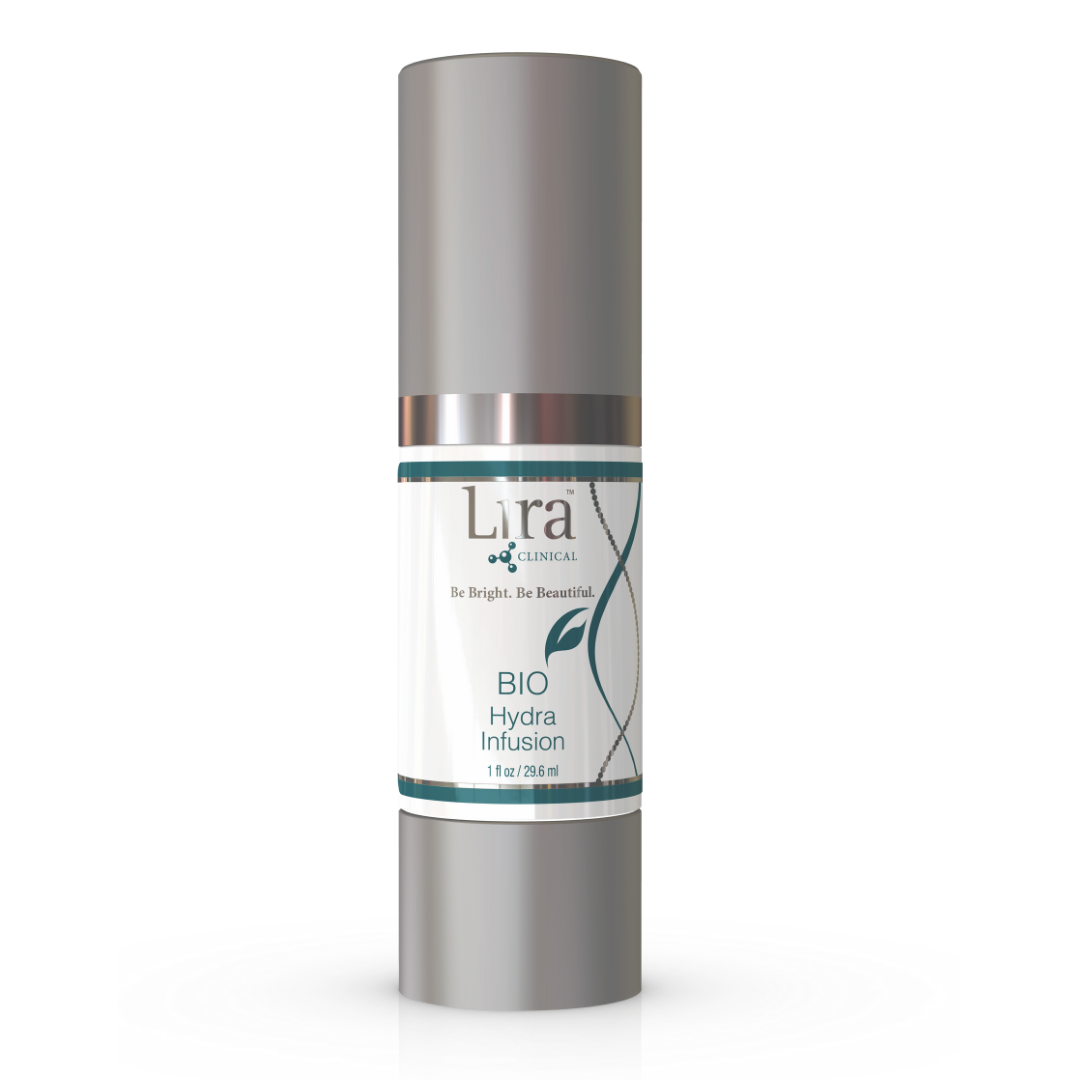Acne Awareness Month
June is Acne Awareness Month.
Acne is a common skin condition that is characterized by open and closed comedones, papules, pustules and cysts occurring on the face, and potentially on the back and chest. Acne is a genetically predisposed skin condition but also includes a wide variety of interrelated factors including hormones, diet and stress that can exacerbate the condition and make it difficult to treat. Acne is most prevalent in teens, young adults and anyone going through hormonal changes, however acne can affect anyone at any age.
Three Main Contributors of Acne:
Oil: Oil is the fuel to the fire when it comes to acne. During puberty, the rise of hormone levels results in the enlargement and increased activity of sebaceous glands. High levels of androgen hormones creates a greater production of sebum resulting in potentially more severe acne. Another cause of excess oil is a lack of hydration as the skin compensates for dehydration and produces more oil.
Bacteria: The bacteria responsible for acne is the P. Acnes bacteria (propionibacterium) that lives in the sebaceous follicle. This bacteria breaks down the sebum into glycerol which is then used for energy and fatty acids which remains in the pore as byproducts and then contributes to acne. Sebum is the food that feeds bacteria and can cause a more severe case of acne.
Dead Skin Cells (Follicular Hyperkeratinization): In acne prone skin, skin cells (corneocytes) proliferate at an increased rate in the follicular wall. Skin cells are normally shed but in acne prone skin, the skin accumulates many more layers of cells that are produced and retained in the follicles. As the skin accumulates, an impaction is formed from the many layers of cells that is often several hundred cell layers thick.
Classification of Acne Lesions:
Comedones: These lesions include open comedones (blackheads) and closed comedones (whiteheads). Comedones consist of cellular debris that produces an impaction.
Papules: Small, firm, and raised lumps that can be red and inflamed but contain no fluid. May develop into a pustule.
Pustules: Inflamed papules containing pus (a fluid consisting of white blood cells, bacteria and other debris produced from infection). Can cause scarring.
Nodules: A red, sore bump that are similar to a papule but are larger, firmer and deeper to the touch. Can be caused by scar tissue, fatty deposits or infections.
Cysts: A fluid filled, inflamed nodule above or below the skin that is very painful and can cause the most amount of scarring.
The Four Grades of Acne:
Grade 1 (non-inflammatory): The mildest form of acne consisting mainly of open and closed comedones (blackheads and whiteheads) with the occasional inflammatory lesion. Generally exhibits less than 25 lesions on each side of the face.
Grade 2 (non-inflammatory): Often described as Maturation Arrest Acne, this occurs due to the comedones inability to mature into open comdones. The most resistive type of acne lesion, Grade 2 acne is often the most difficult to evaluate and treat. Generally exhibits whiteheads with lesion count about 50-100 lesions per side of the face.
Grade 3 (inflammatory): Generally considered the most common type of acne with a mixture of open and closed comedones and inflamed lesions. Generally exhibits 7-100 lesions per side of face.
Grade 4 (inflammatory): The most severe grade of acne with an extreme number of pustules and inflamed lesions, along with open and closed comedones. Severe inflammation is present and often quite painful.
Treating Acne:
When treating acne, the first priority is to reduce inflammation to avoid the possibility of residual acne scarring and pigmentation. When treating acne, we need to remember the three components of acne lesions - Bacteria, Corneocytes and Sebum along with determining whether the acne is inflammatory or non-inflammatory. Balancing acne-prone skin is crucial in the treatment of acne and requires a hydrated environment to heal.
Before & After Photographs after Acne Treatments.
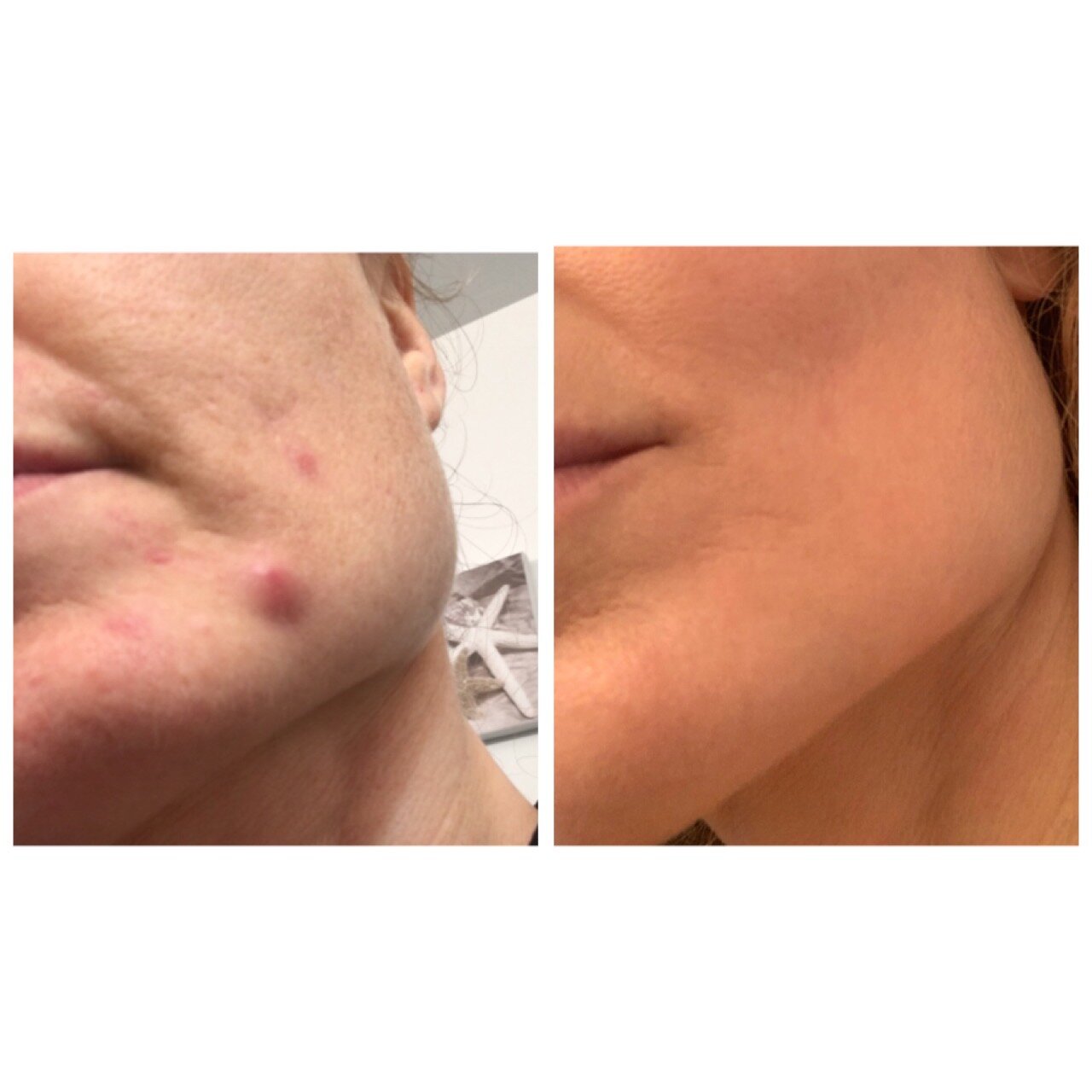
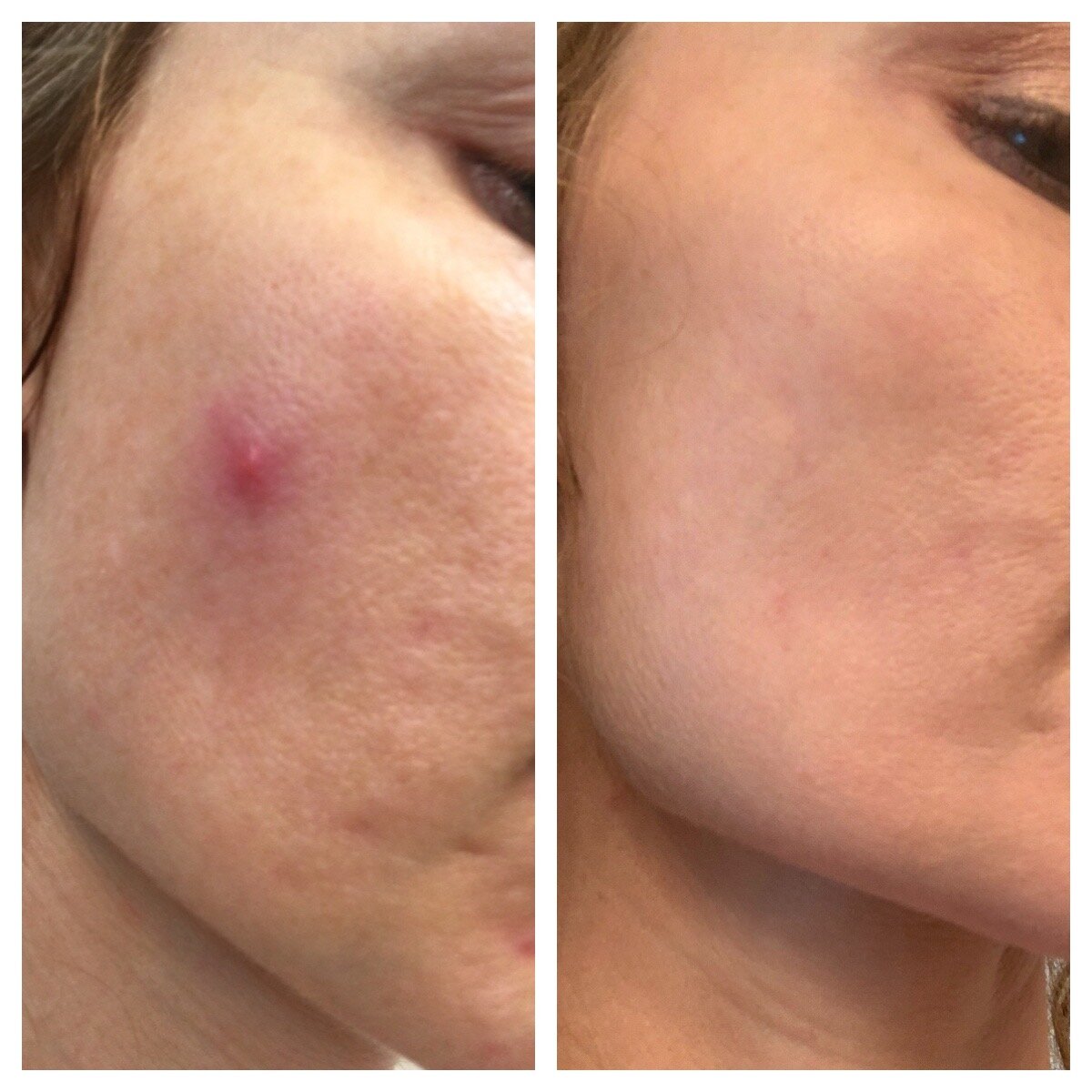
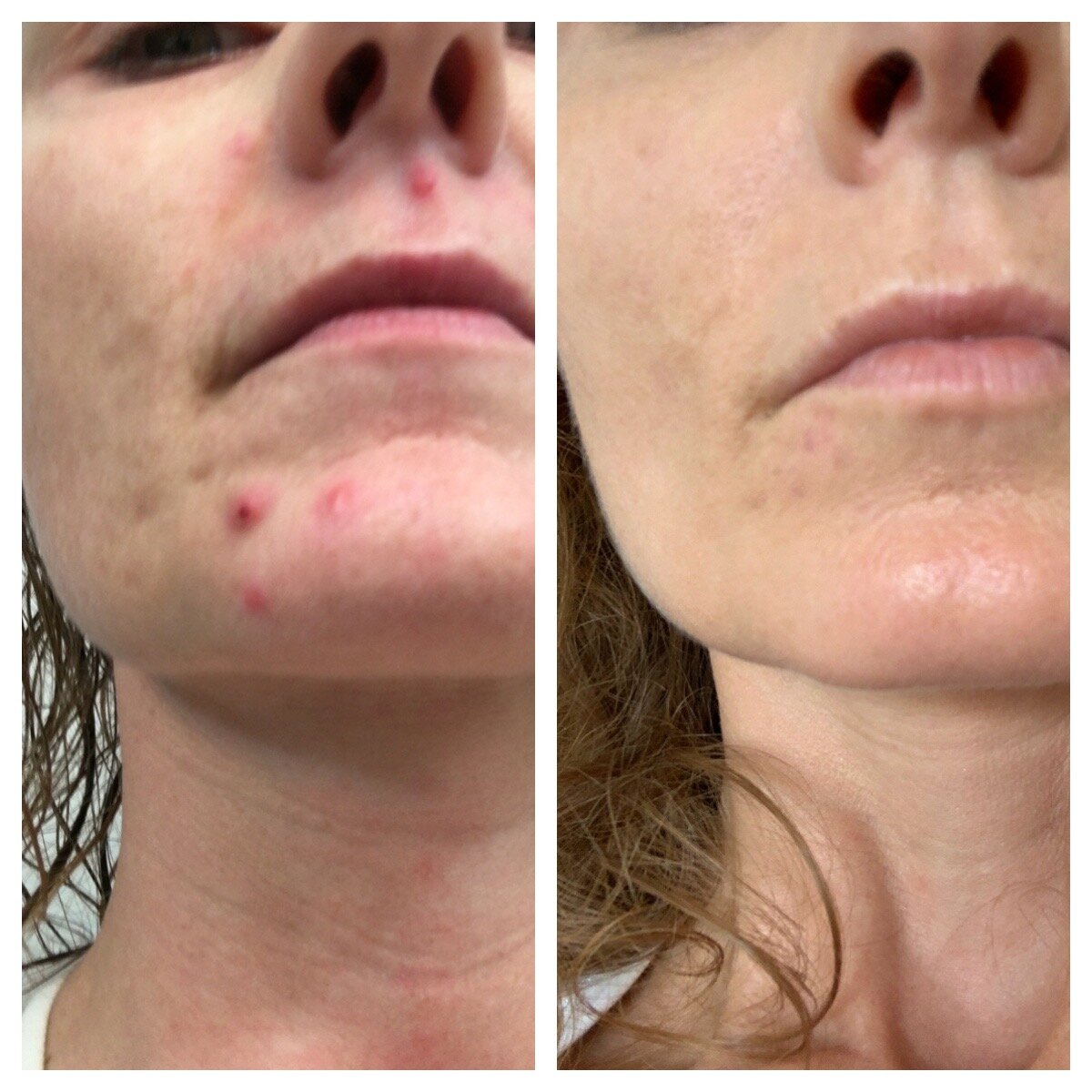
Key ingredients to help reduce oil include:
* Salicylic Acid
* Sulfur
* Kaolin and Bentonite Clay
* Tea Tree Oil
* Hyaluronic Acid
* CBD
Key ingredients to reduce bacteria include:
* Benzoyl Peroxide
* Sulfur
* Rescorinol
* Oxygen
* Fulvic Acid
* Micro Silver
Key ingredients to promote cellular turnover include:
* Alpha Hydroxy Acids including Glycolic and Lactic Acid
* Salicylic Acid
* Enzymes
* Jojoba Beads
Key ingredients to balance the skin:
* Hyaluronic Acid
* Aloe Vera
* Yeast Beta Glucan
* Ceramides
* Antioxidants
* Sun Protection
* CBD












